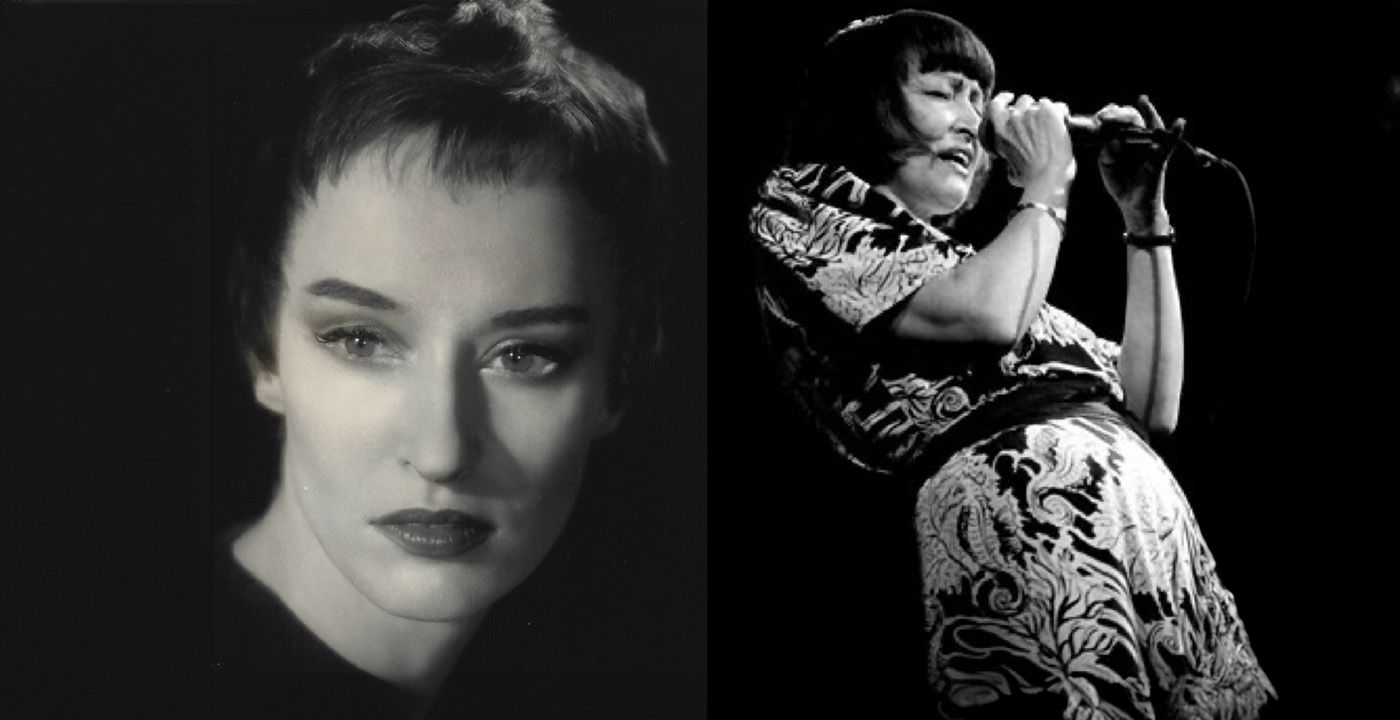
Sheila Jordan, jazz vocal legend and bebop pioneer, died on August 11, 2025, in New York at the age of 96. Here’s a look back at the life and legacy of an artist whose creativity allowed no compromise.
The jazz world has lost one of its most singular voices. Sheila Jordan, singer, composer and educator known for her unique timbre and unmatched improvisational skill, died on August 11, 2025, in New York at the age of 96. The news was confirmed by her longtime bassist, Harvie S., on US public radio NPR, prompting a wave of tributes worldwide.
Born Sheila Jeannette Dawson on November 18, 1928, in Detroit, Jordan grew up in a modest, difficult environment. She discovered jazz early through the radio and underground concerts of the time. As a teenager, she became passionate about bebop and was one of the few singers to frequent the clubs where musicians such as Charlie Parker, Dizzy Gillespie and Miles Davis were performing. This early immersion in the jazz avant-garde shaped her style. Parker, who affectionately nicknamed her “the singer with million-dollar ears,” would become one of her greatest artistic influences.
An Unusual Career, Recognized Belatedly
Although Jordan began singing in Detroit clubs in the late 1940s, her professional career truly took off in New York in the 1950s. She stood out for a bold choice: often performing accompanied only by a double bass, a minimalist format that showcased her clear voice, fluid phrasing and sense of improvisation.
In 1963, she recorded her first album, Portrait of Sheila, for the prestigious Blue Note Records. The album, acclaimed by critics, is now considered a classic of vocal jazz. However, at the time, it was not a commercial success. Jordan had to take on numerous small gigs and side jobs to make a living, all while continuing to sing for the love of it. International recognition came much later, particularly through her tours in Europe and Asia in the 1980s and 1990s. In 2012, she was named a NEA Jazz Master, the highest honor awarded to jazz musicians in the United States.
Jordan never sought to please mainstream audiences by conforming to radio formats. Her voice, at once fragile and powerful, flowed in total freedom, exploring harmonies and playing with silences. She excelled in scat and vocalese, improvising melodic lines with the precision of an instrumentalist.
Her repertoire mixed standards, original compositions and reinterpreted covers, always with a narrative approach – each song became an intimate story, often inspired by her own life. Alongside her performing career, Jordan trained generations of singers at the City College of New York and in numerous workshops worldwide. Her teaching emphasized listening, respect for the lyrics and the authenticity of interpretation. For her, technique only mattered if it served the emotion and truth of the artist. “Sing what you are,” she would tell her students, urging each to find their own voice rather than imitate others.
An Exceptional Longevity
Even at an advanced age, Jordan remained active on stage and in the studio. Since the 2000s, she recorded more than 20 albums, relentlessly exploring new formats and collaborations. In February 2025, she released Portrait Now, a testament album issued the very day of her last concert.
Her career illustrates a rare artistic consistency: she never strayed from her musical convictions, preferring a small but loyal audience to a wider but constrained success.
Jordan’s death marks the end of an era for vocal jazz. She leaves behind a legacy of authenticity, boldness and freedom. Her ability to turn every performance into a unique moment, her instantly recognizable voice and her unfailing sense of swing will continue to inspire singers and musicians. Tributes are pouring in on social media, from jazz legends to young artists she had mentored. All salute a musician who, through her simplicity and integrity, embodied the very essence of jazz: improvisation, sincerity and sharing.
Five Essential Tracks to (Re)Discover Sheila Jordan
1. Dat Dere (Portrait of Sheila, 1963) – A tender, playful take on Bobby Timmons’ classic, showcasing her gift for storytelling in music.
2. Confirmation (Live, 1980s) – A direct tribute to Charlie Parker, illustrating her virtuosity in scat and her bebop mastery.
3. The Very Thought of You (Portrait of Sheila, 1963) – A timeless ballad where her delicate voice floats over a minimalist bass accompaniment.
4. The Crossing (The Crossing, 1994) – An original composition blending raw emotion and harmonic sophistication.
5. Better Than Anything (with Mark Murphy, 1987) – A swinging, playful duet that highlights her skill in musical dialogue with other great jazz voices.
Comments